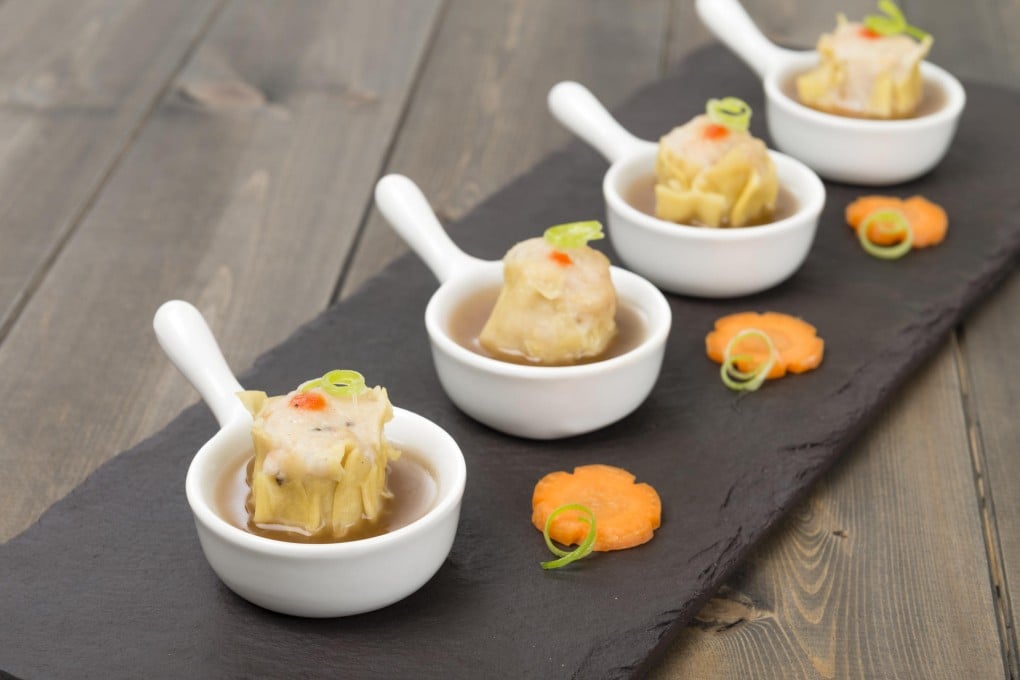Australian and New Zealand wines make a good pairing with dim sum

Imagine a freshly steamed prawn and pork siu mai or a plump har gau. Perhaps the delicate dim sum is enlivened with just a touch of chilli oil.
Now, imagine a glass of chilled pinot gris from New Zealand. On its own, the light white wine might taste a little sweet but when paired with the juicy dumplings and chilli, the sweetness is toned down, replaced with the aromatic flavours of pomelo or jasmine.
While dim sum is traditionally enjoyed with tea or beer, in Australia it is creating a happy alliance with wine. In Melbourne, the arrival of one of Hong Kong's leading chefs is strengthening that relationship.
Last year, Michelin-starred Tsang Chiu-king quit as executive chef at Ming Court, Langham Place hotel, to run Crown Melbourne's restaurant Silks. Tsang is continuing his innovative approach to traditional Chinese dishes while adapting, at times, for Australians.
"The Australian taste is for lighter, fragrant dishes," says Tsang. "But they also enjoy the tradition of Cantonese with richer, darker elements."
The marriage of dim sum and wine was recently explored at a Melbourne Food and Wine Festival lunch at Silks. Tsang and his team prepared the dishes and Chris Crawford, Crown's director of wine, selected the vintages.
